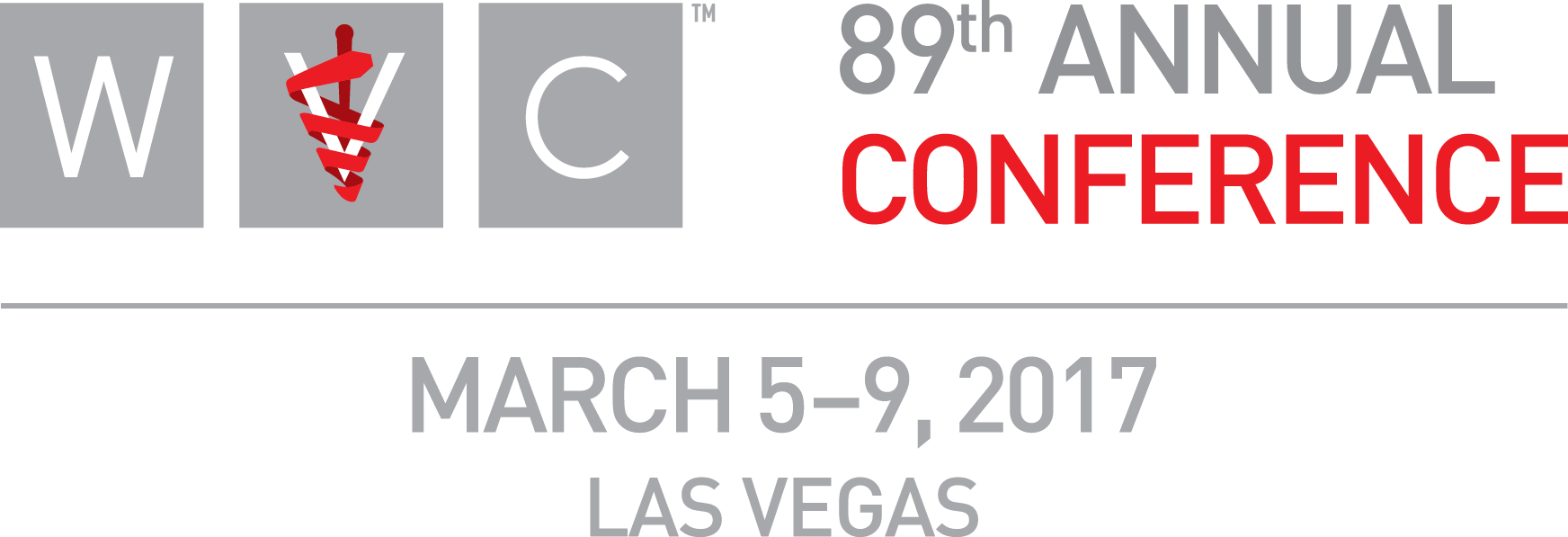WVC 2017: Localizing Cranial Nerve Lesions
At WVC 2017, Dr. Sarah Moore talked about the cranial nerves, including functional assessment and manifestations of dysfunction.

At the 2017 Western Veterinary Conference in Las Vegas, Sarah Moore, DVM, DACVIM (Neurology), discussed cranial nerve examination as part of a lecture series on conducting neurologic examinations.
- Cranial nerve I (olfactory): The function of this nerve can be tested by covering a patient’s eyes and observing the response to an odor. Because some odors also stimulate the trigeminal nerve, this test is not specific to the olfactory nerve. Dr. Moore noted that the olfactory nerve is rarely clinically abnormal in dogs and cats.
- Cranial nerve II (optic): Optic nerve function can be assessed with the pupillary light response and the menace response, both of which also involve other cranial nerves. A decreased pupillary light response can indicate a problem with the optic nerve, the oculomotor nerve, or the eye itself. A decreased menace response can be seen in animals too young to have learned the response, those with dysfunction of either the optic or facial nerve, or those with cerebellar disease.
- Cranial nerve III (oculomotor): Problems with the oculomotor nerve can cause a decreased pupillary light response or ventral and lateral deviation of the eye.
- Cranial nerve IV (trochlear): A trochlear nerve abnormality causes rotation of the globe within the socket, which Dr. Moore pointed out is not easy to see in animals with round pupils (like dogs). An isolated trochlear nerve problem is rare; other cranial nerves are usually also affected.
- Cranial nerve V (trigeminal): Signs of a trigeminal nerve abnormality include a dropped jaw (or inability to close the jaw if nerves on both sides are affected), atrophied muscles of mastication, slow palpebral reflex (which can also indicate a facial nerve abnormality), or decreased sensation of the upper lip, nasal mucosa, or lower jaw.
- Cranial nerve VI (abducens): Problems with the abducens nerve can cause medial strabismus or an inability to retract the globe when the cornea is touched.
- Cranial nerve VII (facial): Facial nerve lesions can cause facial droop (asymmetry) or low tear production. The facial nerve is also involved in the palpebral reflex and menace response.
- Cranial nerve VIII (vestibulocochlear): This nerve has two parts: vestibular and cochlear. Dysfunction of the vestibular division can cause head tilt, ataxia, or nystagmus. Abnormalities within the peripheral vestibular system (in the inner ear) manifest as horizontal or rotary nystagmus without postural reaction deficits but sometimes with concurrent facial nerve deficits. Lesions within the central vestibular system (at the nerve origin in the brainstem) can cause postural reaction deficits, deficits of other cranial nerves, or nystagmus that is horizontal, rotary, or vertical. The cochlear part of the nerve transmits sound and can be assessed with a brainstem auditory evoked response.
- Cranial nerve IX (glossopharyngeal): The glossopharyngeal nerve innervates the palate, pharynx, and tongue. Its function can be tested by stimulating swallowing.
- Cranial nerve X (vagus): The vagus nerve innervates the esophagus, pharynx, larynx, and viscera. As with the glossopharyngeal nerve, it can be tested by stimulating swallowing.
- Cranial nerve XI (spinal accessory): Abnormalities of this nerve are rarely seen clinically, according to Dr. Moore, but could cause trapezius muscle atrophy.
- Cranial nerve XII (hypoglossal): Dysfunction of the hypoglossal nerve can cause atrophy of one side of the tongue or the inability to extend and retract the tongue (lick).
Dr. Laurie Anne Walden received her doctorate in veterinary medicine from North Carolina State University. After an internship in small animal medicine and surgery at Auburn University, she returned to North Carolina, where she has been in small animal primary care practice for over 20 years. Dr. Walden is also a board-certified editor in the life sciences and owner of Walden Medical Writing, LLC. She works as a full-time freelance medical writer and editor and continues to see patients a few days each month.